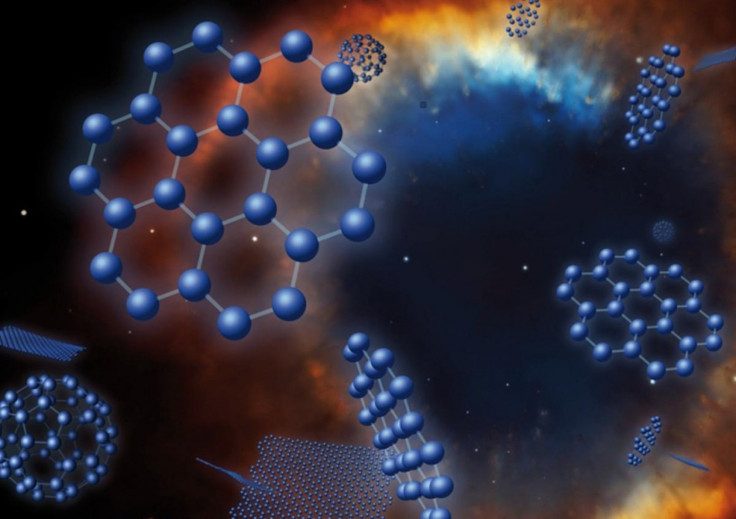NASA: Honeycomb Carbon Crystals Found on Galaxies Hold Clues to How Life Developed on Earth

NASA's Spitzer Space Telescope has announced a possible first-ever cosmic detection of flat carbon flakes called graphene in two small galaxies outside the solar system. Upon confirmation, researchers believe that it might hold vital clues on how life developed on Earth.
The carbon crystals are arranged like chicken wire in flat sheets that are one atom thick. Earlier, graphene was first synthesized in a lab in 2004, and subsequent research on its unique properties garnered the Nobel Prize in 2010.
Many researchers believe that the compound is a "material of the future" with applications in computers, screens on electrical devices, solar panels and more. However, currently, the scientists are not interested on finding how to craft "superfast" computers using the compound in space.
Researchers now are more interested in learning more about how it is created. They believe that understanding chemical reactions involving carbon in space may hold clues to how our own carbon-based selves and other life on Earth developed.
Signs of graphene were identified by Spitzer in two small galaxies called the Magellanic Clouds, specifically in the material shed by dying stars, called planetary nebulae. Apart from this, the infrared-sensing telescope also spotted a related molecule, called C70, in the same region, marking the first detection of this chemical outside our galaxy.
Both graphene and C70 are members of the fullerene family which includes molecules called "buckyballs," or C60. These carbon spheres contain 60 carbon atoms arranged like a soccer ball, and were named after their resemblance to the architectural domes of Buckminister Fuller. C70 molecules contain 70 carbon atoms and are longer in shape, more like a rugby ball.
Earlier, Fullerenes have been found in meteorites carrying extraterrestrial gases, and water has been very recently encapsulated in buckyballs by using new laboratory techniques. These findings suggest fullerenes may have helped transport materials from space to Earth long ago, possibly helping to kick-start life.
© Copyright IBTimes 2024. All rights reserved.











